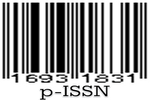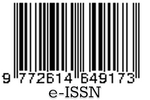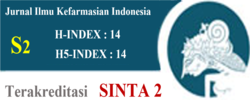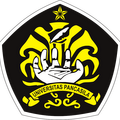Cost Effectiveness Ratio of Artesunate-Amodiaquine and Sulfadoxine-Pyrimethamine Drug Combinations for Malaria Falsiparum Therapy in Sumba
Abstract
Malaria cases continue to increase in Indonesia, and one of the causes is many malaria parasites resistant to antimalarial drugs such as chloroquine and sulfadoxine pyrimethamine. Antimalarial drug combination recommended by the WHO yet widely available. This study aimed to explore alternative antimalarial drugs through examination of drug-effectiveness and cost-effectiveness analysis of antimalarial drug combination artesunate amodiaquine and sulfadoxine pyrimethamine. To assess the effectix eness or antimalarial drug combinations, as many asl64 patients with who meet inclusion and exclusion criteria were divided into 2 groups with 82 patients respectively. First group was given artesunate amodiaquine while the second group was given sulfadoxine pyrimethamine, and observed for 14 to 28 days. Responses to treatment according to the WHO protocol to include clinical response and parasitological response. The cost effectiveness was assessed through the pharmacoeconomic evaluation method. The results showed that fever clearence time and parasites clearence time by the artesunate amodiaquine combination was faster than by sulfadoxine pyrimethamine combination, and the cost effectiveness ratio of artesunate amodiaquine combination was lower than of sulfadoxine pyrimethamine. In conclusion, the antimalarial drug artesunate amodiaquine combination was more effective and more eflicient than the sulfadoxin pyrimethamine combination, and its cost effectiveness ratio was lower than the sulfadoxine pyrimethamine combination (p=0.05).
References
2. Kosen S. Hambatan kendala malaria di Indonesia, malaria dan kemiskinan di Indonesia, tinjauan situasi tahun 1997-2001. Jurnal Data dan Informasi Kesehatan, Pusat Data dan Informasi, Departemen Kesehatan. 2003. 55-6.
3. Sutanto I. Berbagai tantangan diagnosis dan pengobatan malaria pada permulaan abad XXI. Pidato Pengukuhan Guru Besar Tetap Dalam Ilmu
Parasitologi pada Fakultas Kedokteran Universitas Indonesia. Jakarta, 2005. 6-13.
4. Depkes RI. Malaria dan kemiskinan di Indonesia, tinjauan situasi 1997-2001. Jakarta: Ditjen Pemberantasan Penyakit Menular dan Penyehatan Lingkungan; 2003. 1-20.
5. Estiana L. Resitensi fansidar dan klorokuin, kajian uj i sensitifitas serta faktor-faktor yang berhubungan dengan terjadinya resistensi di kecamatan Pituruh kabupaten Purworejo [tesis]. Yogyakarta: IKM FETP UGM; 2000.
6. Kindermans JM, et al. Changing national malaria treatment protocol In Africa: What is the cost and who will pay? Campaign access to essential medicines, case studies: Burundi, Kenya, Rwanda, Tanzania and Uganda, Africa. 2002:2-15.
7. WHO. The use of antimalarial drugs, report of a WHO informal consultation. WHO. 2001. 43-54, 69-74, 76-84.
8. Sutanto I. Penggunaan artesunate amodiakuin sebagai obat antimalaria pilihan di Indonesia. Prosiding Symposium of Malaria Control in Indonesia. Surabaya November, 2004:185-8.
9. Tjitra E. Pengobatan malaria dengan kombinasi artemisinin. Prosiding Symposium of Malaria Control in Indonesia. Surabaya’November, 2004:63-71.
10. Laihad FJ. Penilaian dan monitoring efikasi dalam pengobatan malaria falsiparum tanpa komplikasi menurut WHO 2003. Presentasi Workshop Malaria, Jakarta, 2004.
11. WHO. Antimalarial drug combination therapy, report of a WHO technical informal consultation. WHO. 2001. 3515-24.
12. Gani A. Kerugian ekonomi akibat malaria di beberapa kabupaten. Jurnal Data dan Informasi Kesehatan. 2003. 38-41.
13. Gani A. Economic impact of infectious diseases, regional action conference for surveillance and response to infectious diseases outbreaks in South East Asia. Denpasar: WHO/Namru//MOH-Indonesia; 2000.
14. WHO. Assessment and monitoring of antimalarial drug efficacy for the treatment of uncomplicated falciparum malaria. WHO. 2003. 5029-65.
15. WHO. Access to antimalarial medicines, improving the affordability and financing of artemisinin-based combination therapies. Geneva: Malaria Control Department & Essential Drugs and Medicines Policy Department; 2003. 6-14, 24-30.
16. Ajuk, et al. Artesunate dan amodiaquine combination improved treatment efficacy for uncomplicated falciparum malaria compared to amodiaquine alone. Lancet. 2003. 359:1365-72.
17. Stephen B, Hulley, et al. Designing clinical research. 2ml Ed. Philadelphia: Lippincott Williams & Wilkins; 2001. 157-73.
18. Sastroasmoro S dan Ismail S. Dasar-dasar metodologi penelitian klinis. Jakarta: Sagung Seto; 2002. 145-65.
19. Coleman PG, Morel C, Shillcutt S, Goodman C, Mills AJ. A threshold analysis of the cost effectiveness of artemisinine-based combination therapies in subsaharan Africa. American Journal Tropical Medicine and Hygiene. 2004. 71(2): 196-204.
20. Bland M. An introduction to medical statistics. 2"d Ed. London: St George’s Hospital Medical School; 1996. 7-9.
21. Dinas Kesehatan Kabupaten Sumba Timur. Laporan pelaksanaan kegiatan pemberantasan penyakit malaria. Waingapu: Dinas Kesehatan Kabupaten Sumba Timur; 2004.
22. Bousema JT, et al. Moderate effect of artemisininbased combination therapy on transmission of Plasmodium falsiparum. J. Infect. Dis. 2006. 193(8):1151-9.
23. Brasseur P, et a]. Amodiaquine remains effective for treating uncomplicated malaria in west and central Africa. Transaction of Royal Society of Tropical Medicine and Hygiene. 1999. 93(6):645-50.
24. HartzemaAG. Basic principles in pharrnacoeconomics. Presented at Phannacoeconomics Workshop of the Indonesian Pharmacist Association, 2001 :80-1 1 1.
Licencing
All articles in Jurnal Ilmu Kefarmasian Indonesia are an open-access article, distributed under the terms of the Creative Commons Attribution-NonCommercial-ShareAlike 4.0 International License which permits unrestricted non-commercial used, distribution and reproduction in any medium.
This licence applies to Author(s) and Public Reader means that the users mays :
- SHARE:
copy and redistribute the article in any medium or format - ADAPT:
remix, transform, and build upon the article (eg.: to produce a new research work and, possibly, a new publication) - ALIKE:
If you remix, transform, or build upon the article, you must distribute your contributions under the same license as the original. - NO ADDITIONAL RESTRICTIONS:
You may not apply legal terms or technological measures that legally restrict others from doing anything the license permits.
It does however mean that when you use it you must:
- ATTRIBUTION: You must give appropriate credit to both the Author(s) and the journal, provide a link to the license, and indicate if changes were made. You may do so in any reasonable manner, but not in any way that suggests the licensor endorses you or your use.
You may not:
- NONCOMMERCIAL: You may not use the article for commercial purposes.
This work is licensed under a Creative Commons Attribution-NonCommercial-ShareAlike 4.0 International License.

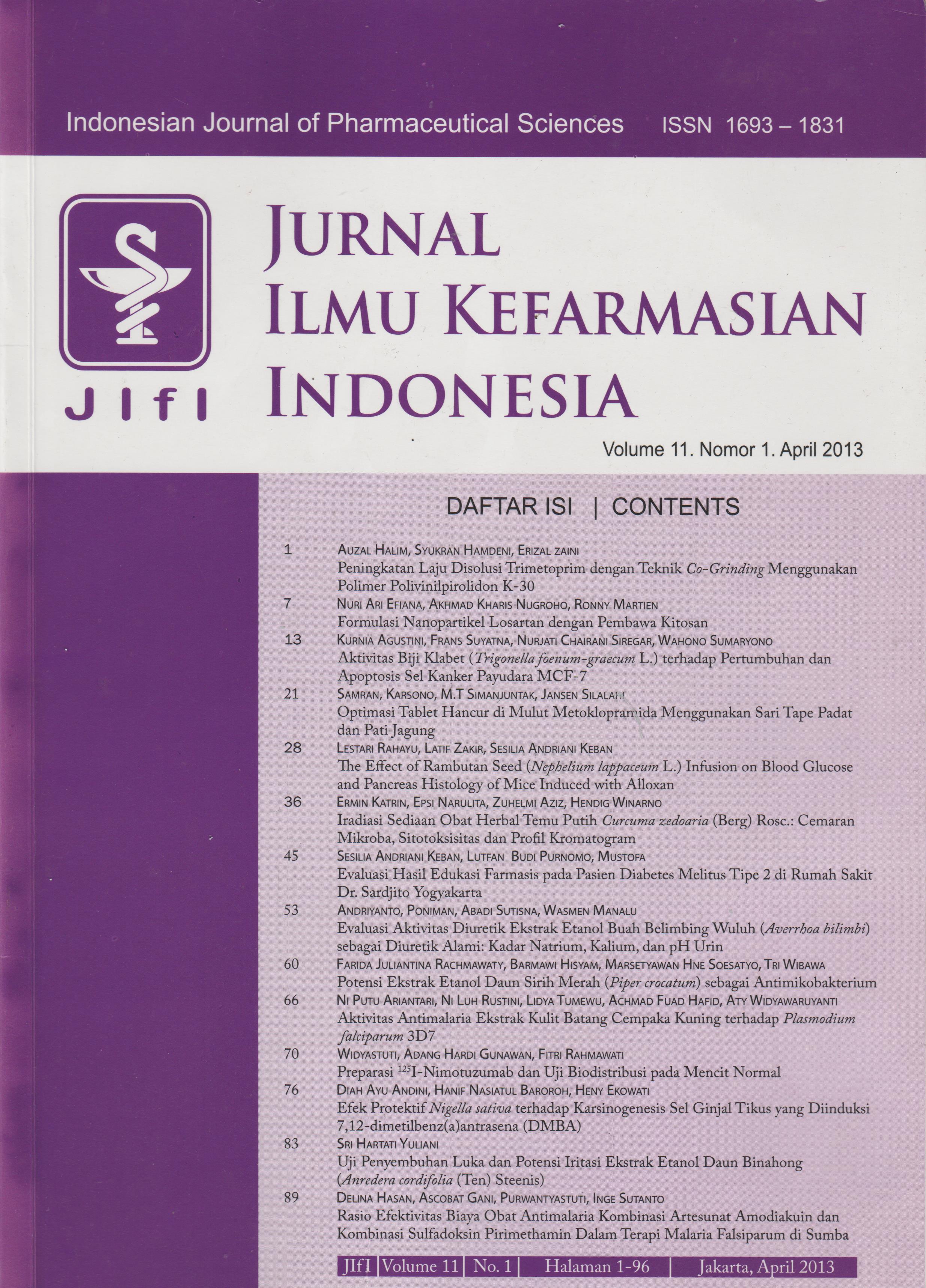



 Tools
Tools

